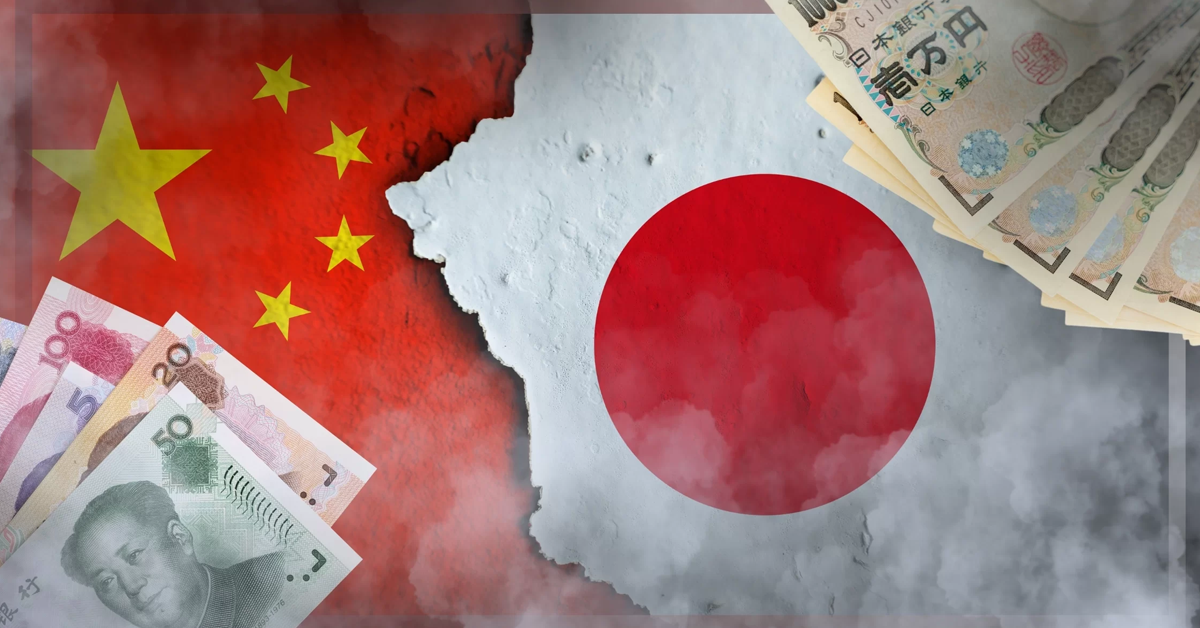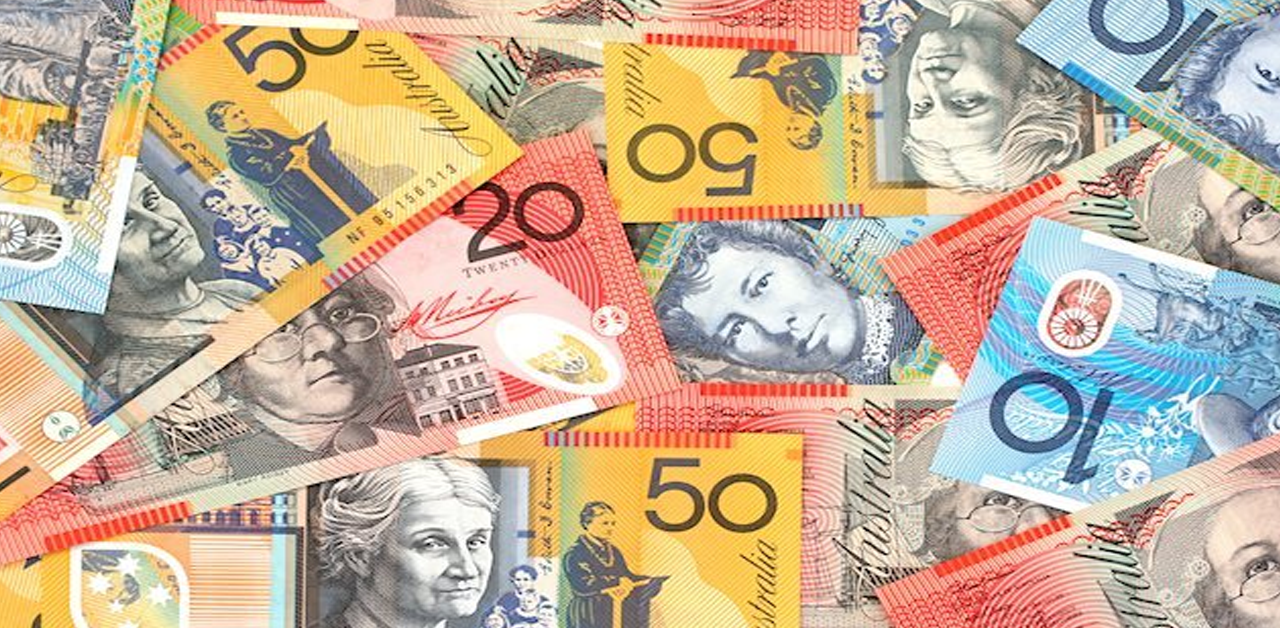Japanese Yen Declines as US Dollar Strengthens Ahead of ADP Employment Report
The Japanese Yen (JPY) weakened against the US Dollar (USD) on Wednesday, as uncertainty grows around the possibility of future interest rate hikes by the Bank of Japan (BoJ). The BoJ’s Summary of Opinions from September’s Monetary Policy Meeting indicated no immediate plans for further rate hikes, with the central bank maintaining its accommodative stance while remaining open to adjustments if economic conditions improve.
Japan’s Economic Revitalization Minister, Ryosei Akazawa, stated on Wednesday that Prime Minister Shigeru Ishiba expects the BoJ to thoroughly evaluate the economy before raising rates. In his first press briefing, Akazawa stressed that Japan’s top priority is to completely exit deflation, which he noted will take time.
The US Dollar remains supported by a cautious market mood amid escalating tensions in the Middle East. However, the weaker-than-expected US ISM Manufacturing PMI for September applied some downward pressure on the Greenback. Market attention is now shifting to the upcoming US ADP Employment Change report and comments from Federal Reserve officials for further market direction.
Daily Market Highlights: Yen Depreciates as BoJ Rate Hike Odds Wane
The CME FedWatch Tool suggests markets are assigning a 63.1% chance of a 25 basis point rate cut by the Federal Reserve in November, with the probability of a 50 basis point cut at 36.9%, down from 58.2% a week ago.
In the Middle East, Iran launched over 200 ballistic missiles at Israel, prompting Israeli Prime Minister Benjamin Netanyahu to vow retaliation. Iran responded with warnings that any counterstrike would result in “vast destruction,” intensifying concerns of a wider conflict.
US ISM Manufacturing PMI came in at 47.2 for September, matching August’s reading but falling short of the expected 47.5, signaling ongoing contraction in the manufacturing sector.
In Japan, the Tankan Large Manufacturing Index for Q3 remained steady at 13 points, as expected. Additionally, Japan’s unemployment rate fell to 2.5% in August from 2.7% in July, outperforming forecasts of 2.6%, according to data released on Tuesday.
Federal Reserve Chair Jerome Powell reiterated on Monday that the Fed is not in a hurry to reduce interest rates, stating that future cuts will be made “over time.” Powell also noted that the recent 50 basis point rate cut should not be seen as a signal for further aggressive actions.
Japan’s newly elected Prime Minister, Shigeru Ishiba, affirmed that the country’s monetary policy would remain accommodative to support its fragile economic recovery, which has further pressured the Japanese Yen and supported the USD/JPY pair.
St. Louis Fed President Alberto Musalem stated last week that the Fed should begin cutting rates “gradually” following the larger-than-expected half-point reduction in September. He also acknowledged that the economy could weaken more than anticipated, which may call for faster rate cuts.
Technical Analysis: USD/JPY Holds Above 143.50 with Bullish Bias
The USD/JPY pair is trading around 143.80 on Wednesday, consolidating within an ascending channel pattern, suggesting a bullish outlook. The 14-day Relative Strength Index (RSI) hovers just below the 50 level; a break above this threshold would further confirm a continuation of the bullish trend.
The pair may encounter resistance near the upper boundary of the ascending channel at 146.80, followed by the five-week high of 147.21, last reached on September 3.
On the downside, immediate support is seen at the nine-day Exponential Moving Average (EMA) near 143.50, followed by the lower boundary of the ascending channel at 143.00. A break below this level could push the USD/JPY pair toward 139.58, the lowest since June 2023.












